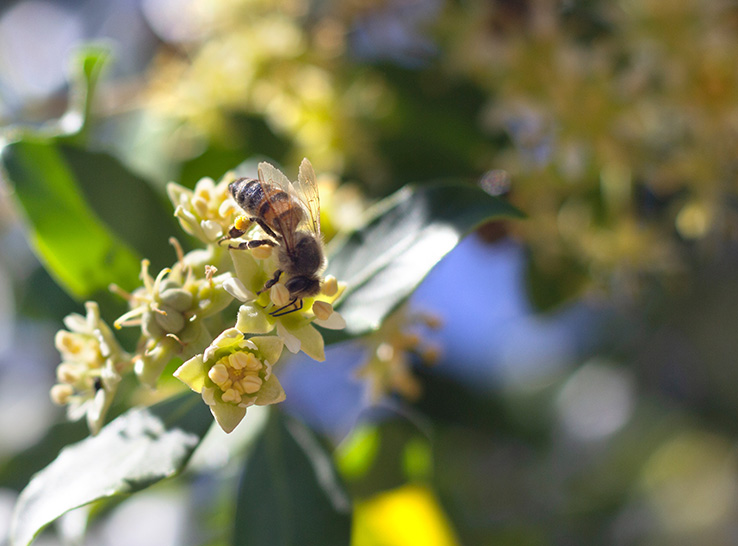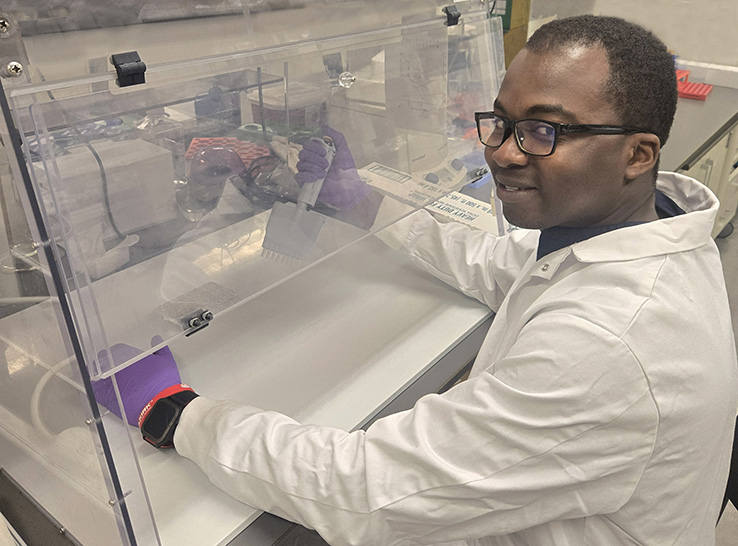A novel automated gel-beadlet system for vaccinating chicks proved successful in providing uniform coverage against coccidiosis.
Research led by Matthew Jones, DVM, PhD, at Southern Poultry Research Group, tested the new approach in experiments with individual birds and groups in pens.
The gel-beadlet technology is designed to ensure that a soft gel sticks to the down of chicks and is uniformly ingested by the birds while they preen. Unlike water-based formulations, the beadlets reportedly do not reduce chicks’ body temperature.
“If we use a vaccine in our [coccidiosis control] programs, it’s important to have uniform application and uptake because we want the birds to be exposed. We want the levels [of vaccine uptake] to come up. Then, we want the birds to develop immunity and become protected over time,” Jones told an audience at the 2024 International Poultry Scientific Forum.
Testing vaccination methods
For the tests with individual animals, Jones and the team vaccinated six replicate Ross broiler chicks using a live coccidiosis vaccine via three methods: the gel-beadlet approach, the conventional coarse-spray application and oral gavage.
The researchers used volumes outlined in vaccine manufacturer guidelines: 1.0 gram per /chick for the gel beadlets, 0.21 per mL for spray vaccination and 0.1 mL per chick for oral gavage.
To examine the level of vaccine uptake achieved using the different techniques, they compared coccidia oocysts per gram of excreta. For each replicate, they recorded the coccidia oocyst count on days 5 to 10 of the study.
In a floor-pen experiment, the researchers placed 25 birds vaccinated using the three vaccination methods on fresh pine shavings. They sampled the birds’ duodenum, jejunum and ceca on days 14, 21 and 28 of the study to conduct histological examinations and evaluate vaccination progress.
Gel outperforms the rest
All six individual birds that received the vaccine in gel-beadlet form passed Eimeria oocysts throughout the study. In contrast, four out of six in the orally gavaged group and three out ofsix6 in the spray-vaccinated group passed Eimeria oocysts.
The only statistically significant difference among groups was seen on day 8 of the study, when the team recorded significantly higher numbers of E. tenella in the gel-beadlet group than the other groups.
In the pen study, histological analysis demonstrated that the gel application had lower cumulative coccidia damage on days 14, 21 and 28 compared to the other treatments.
“This pilot study indicated that the automated gel-application system was successful in administering commercial coccidiosis vaccine,” Jones said.
“Based on the samples we collected, it appeared that the chicks had a uniform uptick of the vaccine, which might be why we observed the numerical reduction in the histological samples we collected at the later time points.”
Although the results were promising, the team recommended carrying out a greater number of replications to confirm the approach’s efficacy. This approach would be used alongside other coccidiosis-management tools, such as ionophores and chemical controls.







